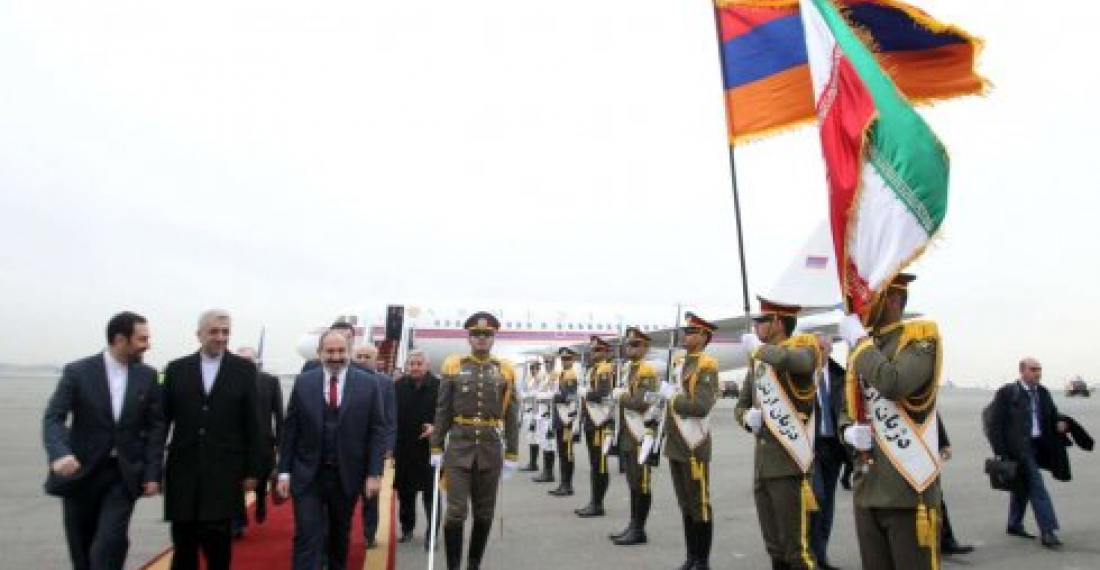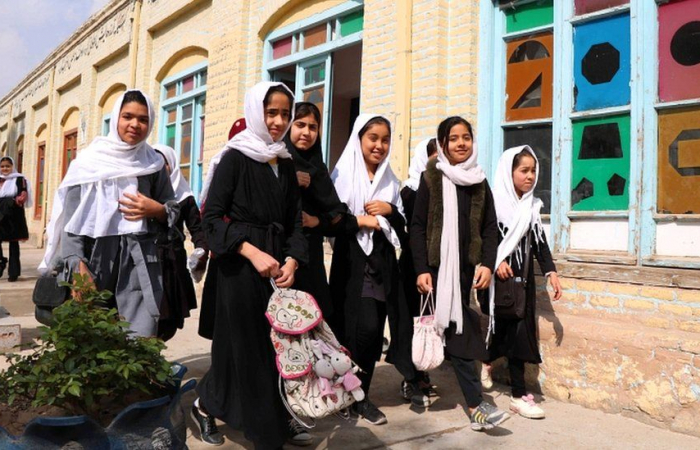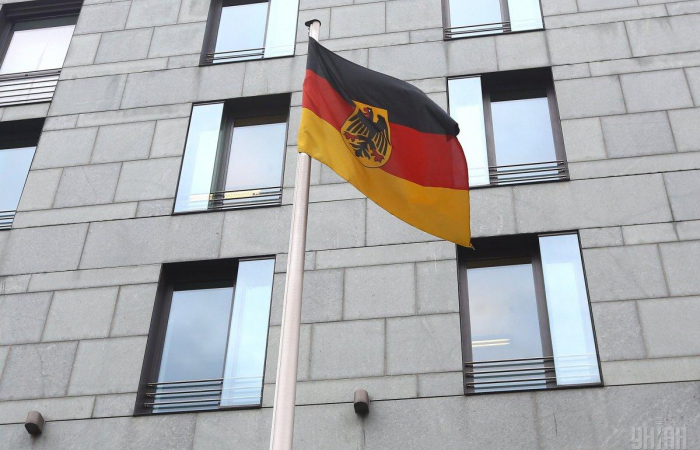Armenian prime minister Nikol Pashinyan, accompanied by his wife Anna Hakobyan, has arrived in Tehran on his first official visit to the Islamic Republic.
Pashinyan is expected to meet Iranian leaders, as well as members of the large Armenian community in Tehran and Isfahan.
Armenia and Iran have traditionally had good relations, and Pashinyan has on several occasions highlighted the importance of good relations between his country and Iran. This despite obvious discomfort by the US administration, which is trying to isolate Iran in the international arena.
Ahead of the visit various Armenian media sources have been outlining the scope and scale of Armenian-Iranian relations, including the fact that there are currently over five thousand Iranian owned firms operation in Armenia at the moment, and the country is also a major trading partner.
source: commonspace.eu with agencies
photo: Nikol Pashinyan arrived in Tehran on 27 February at the start of his first official visit to iran (picture courtesy of IRNA, Tehran)






